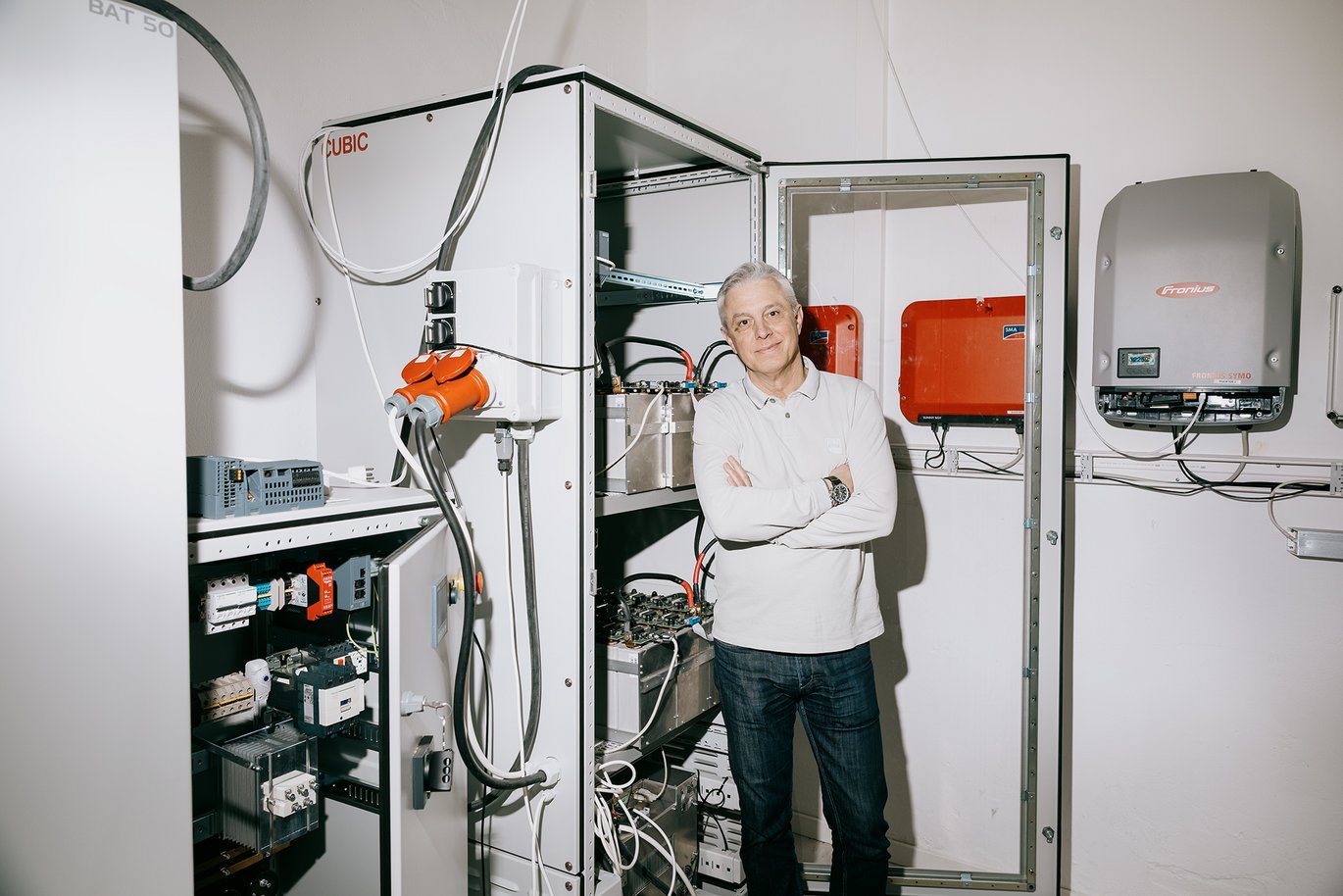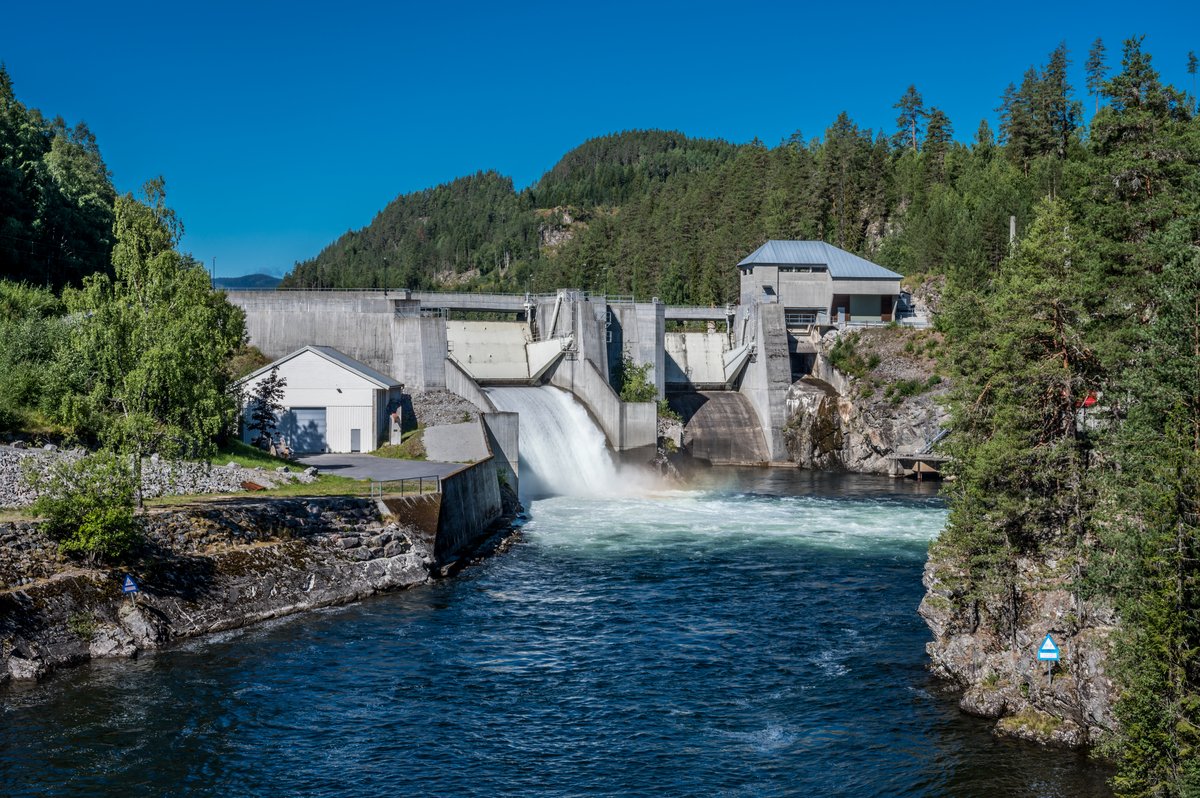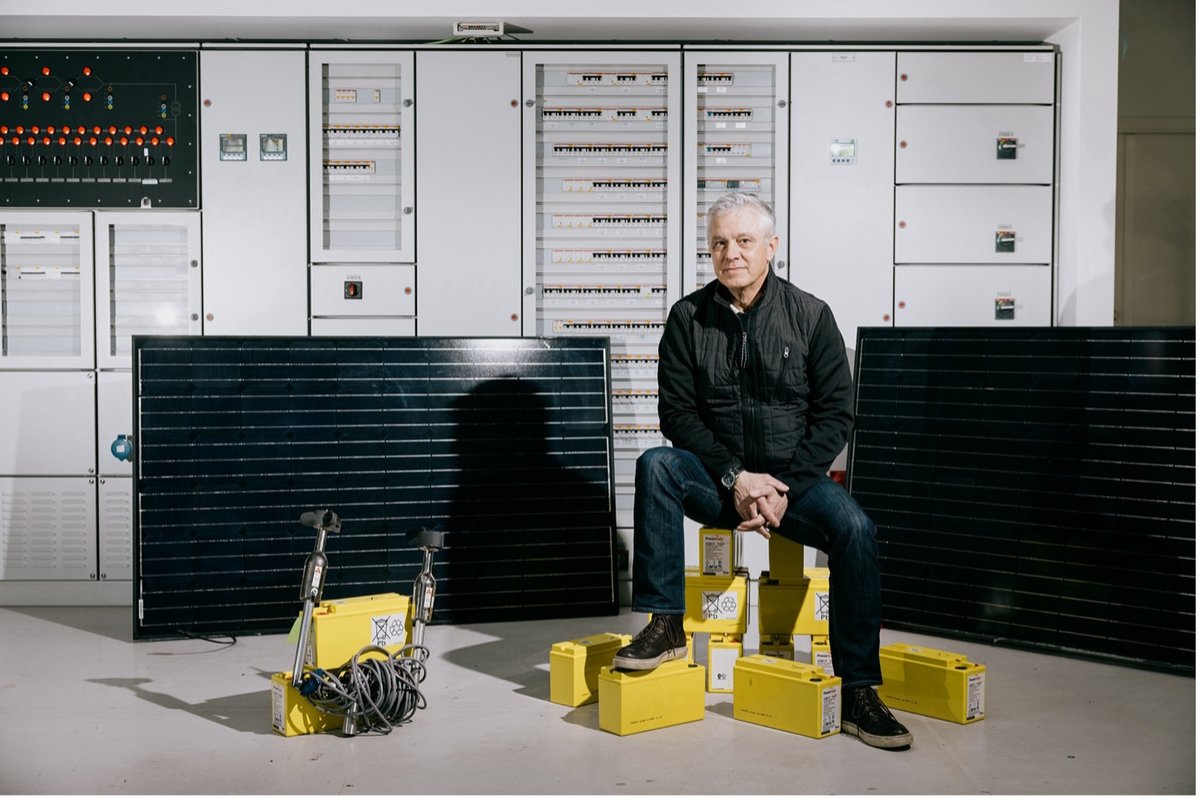Researchers aim to store wind energy in rivers flowing uphill
Can we store the energy from Danish offshore wind turbines in Norwegian rivers by pumping the water up mountain slopes when it's windy and then letting it gush back down when we need more power in the electricity grid? An international research team has received DKK 40 million in funding from the EU to investigate this possibility.

The idea originated at a symposium in Spain last year. Over a cup of coffee during a break. Researchers from all over the world had gathered to share knowledge about technology for the green transition.
Shortly before the symposium, the Danish government had presented an agreement on a historically large deployment of renewable energy that included many new offshore wind farms and an entire energy island close to Bornholm. Thanks to the agreement, Denmark can expect a sevenfold increase in wind power in the energy grid by 2030, enough to provide electricity for approximately 14 million people.
"It's very ambitious. It’s a huge expansion. We're not just talking about reducing our national carbon emissions. We're talking about the possibility of supplying large quantities of climate-neutral electricity to other countries " says Corneliu Barbu, associate professor at the Department of Electrical and Computer Engineering at Aarhus University.
His research centres on large scale storage solutions for green energy to support Denmark's new offshore wind turbine programme. To accommodate for such vast amounts of fluctuating energy in our transmission system the well-known lithium-ion batteries are not an option. He points out:
"We face a major challenge in developing an intelligent and integrated supply system capable of handling huge amounts of wind energy. We especially need large-scale solutions that enable both long-term and short-term storage of the power we produce."
He adds:
"And we need these things urgently. As a researcher in this field, I feel a certain responsibility to contribute to the development of new and innovative solutions that can help the green transition," he says.
A mountain on loan
At the symposium in Spain, Corneliu Barbu discussed the issue with his research colleagues from Swedish, Norwegian, and Italian universities. As often happens when creative minds come together, ideas begin to germinate.
Can the existing hydropower infrastructure in the mountainous part of Scandinavia be used to store some of the hundreds of gigawatts that the new Danish offshore wind farms will soon produce?
The researchers travelled back to their universities with this question at the forefront of their minds, and in January this year, they received a large sum of money from the EU to investigate it.
"Hydropower is a proven and efficient form of energy production, and our ambition is to reverse the process and use wind energy to pump water back into a reservoir for storage and later use. The basic idea of our project is for Denmark to borrow a mountain in Norway and feed the electrical power from the offshore wind farms to return the water to the existing hydroelectric power plants at times when wind energy production exceeds consumption," says Corneliu Barbu.
The project is a collaboration between Aarhus University, Luleå University of Technology, the Norwegian University of Science and Technology (NTNU), the University of Bologna and TU Wien. Several energy companies such as Vattenfall in Sweden and Aker Solutions in Norway, are also involved.
It is called Store2Hydro, which has a budget of EUR 5 million funded by the EU's Horizon Europe framework programme.

New super pumps to reverse the flow of water
The project partners will work together to develop new pump technology that can reverse the flow of the river and pump the water uphill into a reservoir to release it to the hydropower plant when wind energy production does not meet consumer needs.
"We can turn a river around and make it flow upwards into a reservoirpumping uphil about 100 tonnes of water per second; a pretty significant amount," says Corneliu Barbu.
The plan is to utilise standard hydro infrastructure and adapt the hydro turbines to pump water back on the reservoir so they can convert it all into efficient power generation at the right time.
"We’ll adapt existing hydropower plants to be able to receive the power from the Danish offshore wind turbines. This means we won't have to build new dams, which has two major advantages. The first advantage is that we can start storing energy relatively quickly. The second advantage is that the project can be carried out without impacting the environment or landscape,” says Corneliu Barbu.
Rivers can become giant batteries
The researchers will also be working on a larger simulation to integrate offshore wind energy with hydro power in Norway, explains Corneliu Barbu:
"By simulating the energy system, we’ll be able to identify ways to achieve a high degree of flexibility in the electricity system. Our goal is to create a new technological basis for an energy infrastructure that can integrate large amounts of wind and water and adjust very accurately to the fluctuating power needs of society," says Corneliu Barbu.
The research project will run until the end of 2027. By that time, the researchers expect to be ready for the first full-scale trials and to use Danish offshore wind energy to pump rivers up mountainsides in Norway.
"I believe that we’ll be able to realise our idea quickly, efficiently, and economically. We have strong project consortium, and we’re highly motivated. Just think of the global potential. This could have a major impact on the green transition of our energy supply," he says.
Project information
Read more about the project Store2Hydro
Project partners: Luleå University of Technology, Norwegian University of Science and Technology (NTNU), Uppsala University, Norwegian Institute for Nature Research, the University of Bologna, the University of Strathclyde, TU Wien, Aker Solutions, Vattenfall and WRG Europe Ltd.*
Budget: EUR 5 million
EU Grant Number: 101136176 Horizon Europa

